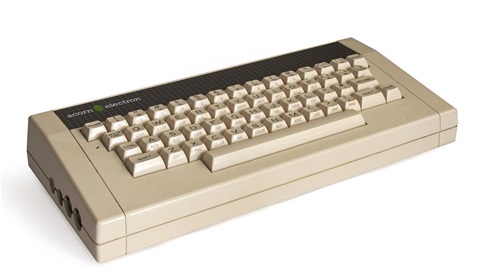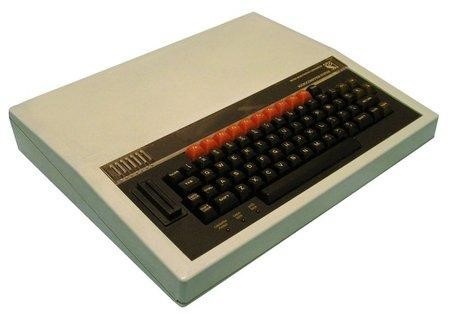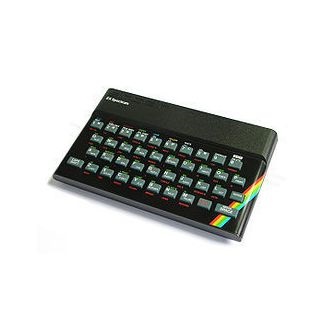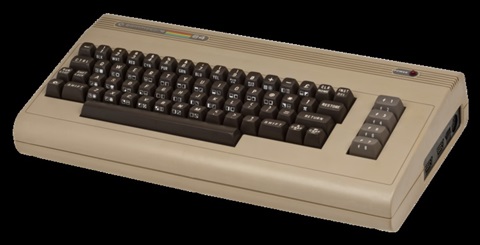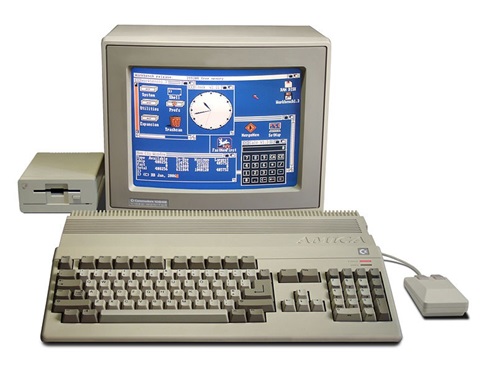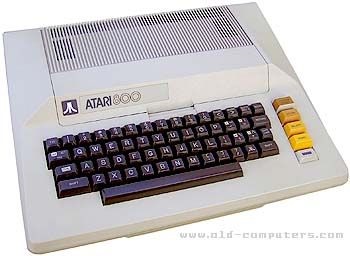Acorn Electron History
The Acorn Electron is a budget version of the BBC Micro educational/home computer made by Acorn Computers Ltd.
It has 32 kilobytes of RAM, and its ROM includes BBC BASIC v2 along with its operating system.
The Electron was able to save and load programs onto audio cassette via a supplied converter cable that connected it to any standard tape recorder that had the correct sockets. It was capable of basic graphics, and could display onto either a television set, a colour (RGB) monitor or a "green screen" monitor.
For a short period, the Electron was reportedly the best selling micro in the United Kingdom.
BBC Micro History
The BBC Microcomputer System, or BBC Micro, is a series of microcomputers and associated peripherals designed and built
by the Acorn Computer company for the BBC Computer Literacy Project, operated by the British Broadcasting Corporation.
Designed with an emphasis on education, it was notable for its ruggedness, expandability, and the quality of its operating system. An accompanying 1982 television series
After the Literacy Project's call for bids for a computer to accompany the TV programmes and literature, Acorn won the contract with the Proton, a successor of its Atom computer prototyped at short notice. Renamed the BBC Micro, the
system was adopted by most schools in the United Kingdom, changing Acorn's fortunes. It was also moderately successful as a home computer in the UK despite its high cost. Acorn also employed the machine to simulate and develop the ARM
architecture which, many years later, has become hugely successful for embedded systems, including tablets and cellphones.
Zinclair ZX81
The ZX81 is a home computer produced by Sinclair Research and manufactured in Scotland by Timex Corporation. It was
launched in the United Kingdom in March 1981 as the successor to Sinclair's ZX80 and was designed to be a low-cost
introduction to home computing for the general public. It was hugely successful, and more than 1.5 million units were
sold before it was discontinued. The ZX81 found commercial success in many other countries, notably the United States, where it was initially sold as the ZX-81. Timex manufactured and distributed it under licence and enjoyed a substantial but brief boom in sales. Timex later produced its own versions of the ZX81 for the US market – the Timex Sinclair 1000 and Timex Sinclair 1500. Unauthorised clones of the ZX81 were produced in several countries.
The ZX81 was designed to be small, simple, and above all cheap, using as few components as possible to keep the cost down.
Video output was to a television set rather than a dedicated monitor. Programs and data were loaded and saved onto audio tape cassettes. It had only four silicon chips on board and a mere 1 KB of memory. The machine had no power switch or any moving parts (with the exception of a VHF TV channel selector switch present on early "ZX81 USA" models and the
Timex-Sinclair 1000) and used a pressure-sensitive membrane keyboard for manual input. The ZX81's limitations prompted the emergence of a flourishing market in third-party peripherals to improve its capabilities. Such limitations, however, achieved Sinclair's objective of keeping the cost of the machine as low as possible. Its distinctive case and keyboard brought its designer, Rick Dickinson, a Design Council award.
Commodore 64 History
The Commodore 64', also known as the C64 or occasionally CBM 64 or VIC-64 in Sweden, is an 8-bit home computer
introduced in January 1982 by Commodore International (first shown at the Consumer Electronics Show, in Las Vegas, January 7–10. 1982). It is listed in the Guinness World Records as the highest-selling single computer model of all time, with independent estimates placing the number sold between 10 and 17 million units. Preceded by the Commodore VIC-20 and Commodore PET, the C64 took its name from its 64 kilobytes (65,536 bytes) of RAM. It had superior sound and graphical specifications compared to other earlier systems such as the Apple II and Atari 800, with multi-color sprites and a more advanced sound processor.
The C64 dominated the low-end computer market for most of the 1980s . For a substantial period (1983–1986), the C64 had between 30% and 40% share of the US market and two million units sold per year, outselling the IBM PC compatibles, Apple Inc. computers, and the Atari 8-bit family of computers. Sam Tramiel, a later Atari president and the son of Commodore's founder, said in a 1989 interview, "When I was at Commodore we were building 400,000 C64s a month for a couple of years." In the UK market, the C64 faced competition from the BBC Micro and the ZX Spectrum, but the C64 was still one of the two most popular computers in the UK.
Amiga 500
Atari 800
The original Atari 400 and 800 models were released with a series of plug-n-play peripherals that used Atari's "SIO" serial bus system, an early analog of the modern USB. To meet stringent FCC requirements, the early machines were completely enclosed in a solid cast aluminum block, which made them physically robust but expensive to produce. Over the following decade, the original models were replaced by the XL and XE series which had the same basic logical design, but were of much lighter construction and less expensive to build.
